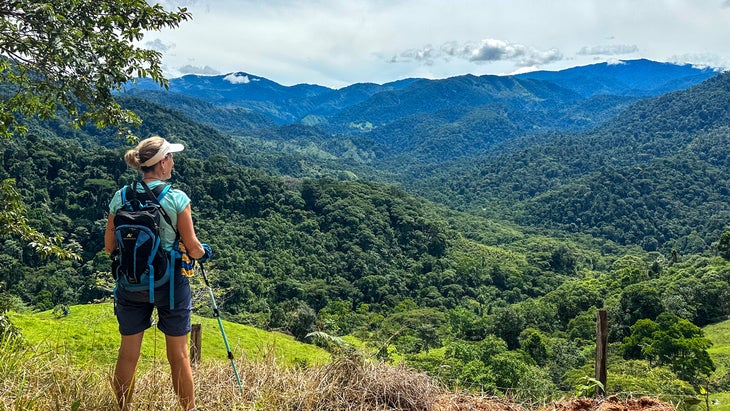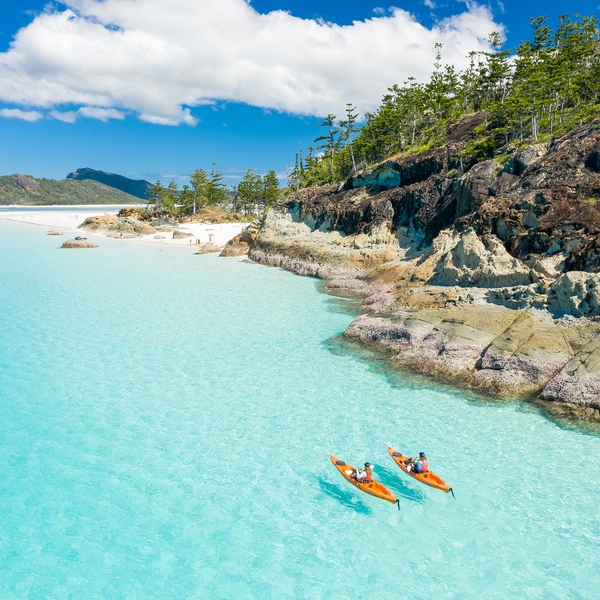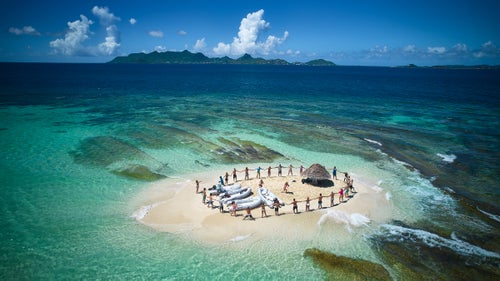The World’s Top 10 Tropical ║┌┴¤│ď╣¤═°s
With winter approaching, we rounded up ten irresistible warm-weather locales around the globe to escape to
New perk: Easily find new routes and hidden gems, upcoming running events, and more near you. Your weekly Local Running Newsletter has everything you need to lace up! .
As the cold settles in, we’re thinking about those places we know will have sun, blue skies, warm turquoise waters, and amazing adventures all winter long. Start dreaming and maybe scheming. We’ve made it easy for you by choosing the top 10 places to go, along with the best things to do there. See you on the beach.

Hike Coast-to-Coast in Costa Rica
Since Costa Rica became the spokesmodel for ecotourism in the 1990s, its natural treasuresÔÇöthe cloud forests of Monte Verde, the gently active Arenal volcanoÔÇöhave attracted millions of visitors every year. But you can still escape the crowds. a 174-mile trail stretching between the Caribbean and the Pacific, was completed in 2018 and showcases largely untrodden parts of the country, like the coffee-growing region of Tarraz├║ and the Indigenous territory of Nairi Awari.
Funded by the nonprofit Mar a Mar Association, the 16-stage route spans four provinces and half a dozen or more microclimates; borders protected areas; and passes through remote villages, Native lands, and more than 20 towns that receive little benefit from conventional tourism. Trekkers can eat with locals in their homes and sleep in family-run lodges, campsites, or boutique hotels set on farms with hot springs.
Expect to hike between four and twenty-four miles per stage, cross rivers, and do plenty of up and downÔÇömore than 70 percent of the route is hilly, with a peak elevation of upward of 19,000 feet. If you push the pace, you can complete the whole thing in 11 days. But if time permits, allot 16 days so you can tack on experiences like whitewater rafting the Pacuare River or visiting the Pacuare Nature ReserveÔÇÖs turtle hatchery.
You could technically go it alone, but given the trailÔÇÖs isolation, a guide is advisable. Five local outfitters, including Urri Trek and Ticos a Pata, operate group and individual trips, and their naturalist guides will school you in the unique flora and fauna, like purple tibouchina flowers, massive guanacaste trees, glasswing butterflies, and broad-billed hummingbirds. ÔÇöJen Murphy















